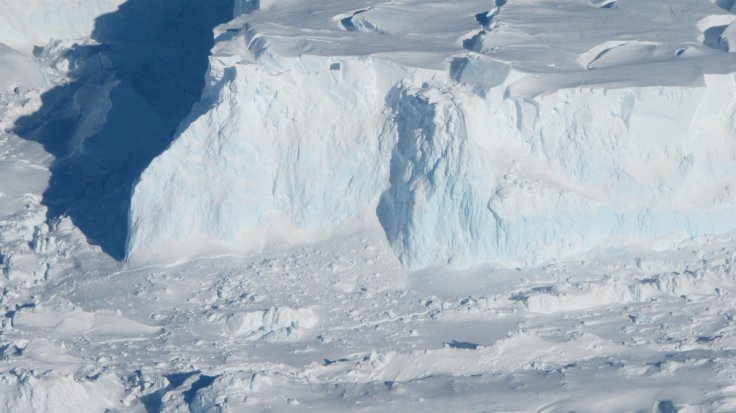
In a first time study, it has been revealed that if the business-as-usual emissions continue, glaciers are likely to disappear completely from almost half of World Heritage sites, as per a global study of World Heritage glaciers.
The authors of the AGU journal Earth's Future, co-authored by scientists from the International Union for Conservation of Nature (IUCN) predict glacier extinction by 2100 in 21 of the 46 natural World Heritage sites where glaciers are found, at current emission rates.
The glaciers that will be most affected are the Grosser Aletschgletscher in the Swiss Alps, Khumbu Glacier in the Himalayas and Greenland's Jakobshavn Isbrae.
Peter Shadie, Director of the International Union for Conservation (IUCN) of Nature's World Heritage Programme said, "Losing these iconic glaciers would be a tragedy and can have major consequences for the availability of water resources, sea level rise and weather patterns.This unprecedented decline could also jeopardize the listing of the sites in question on the World Heritage list."
As per the IUCN World Heritage Outlook 2 report, climate change is the fastest growing threat to natural World Heritage sites, coral reefs and glaciers are among the most threatened ecosystems by climate change.
At the current pace, Los Glaciares National Park in Argentina, Waterton Glacier International Peace Park in North America, many glaciers of the Pyrénées and New Zealand will also lose resources over this century.
It was also predicted that 33 percent to 60 percent of the total ice volume present in 2017 will be lost by 2100, depending on the emission scenario.
It was already reported that Antarctica's Ross Ice Shelf was melting faster than previously thought. NASA also issued a warning stating that an iceberg in Antarctica twice the size of New York may soon break off. The current global warming situation is risky, considering the losses possible in the near future.









